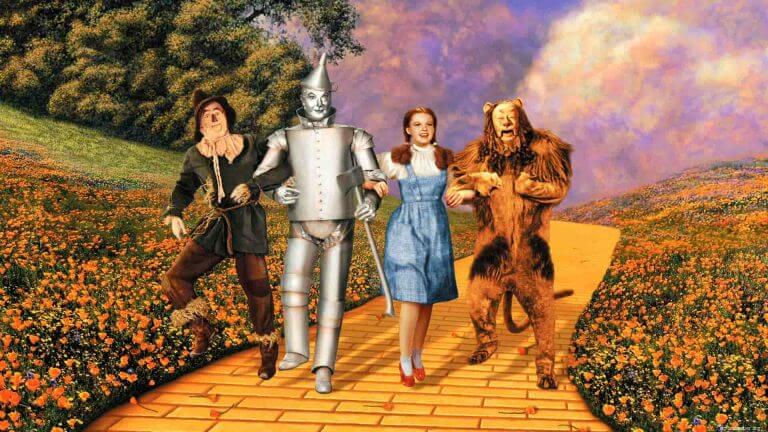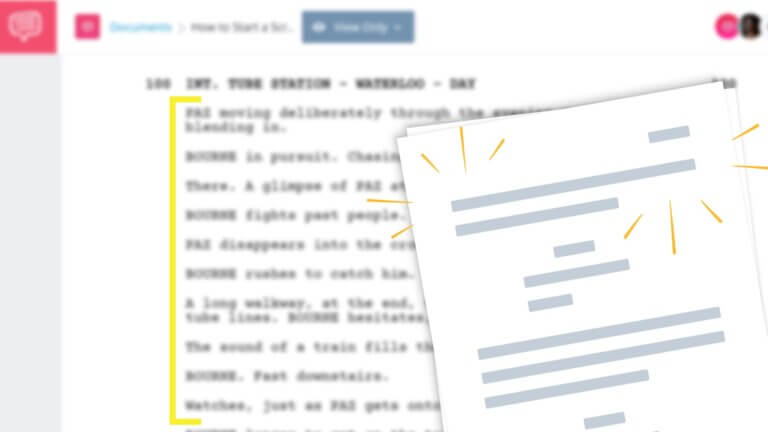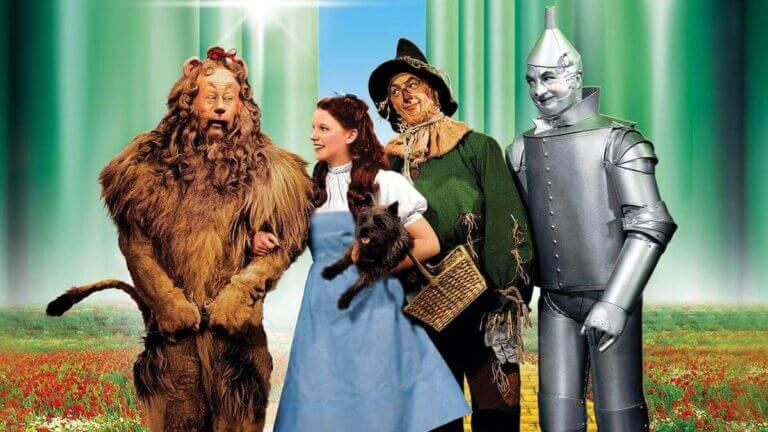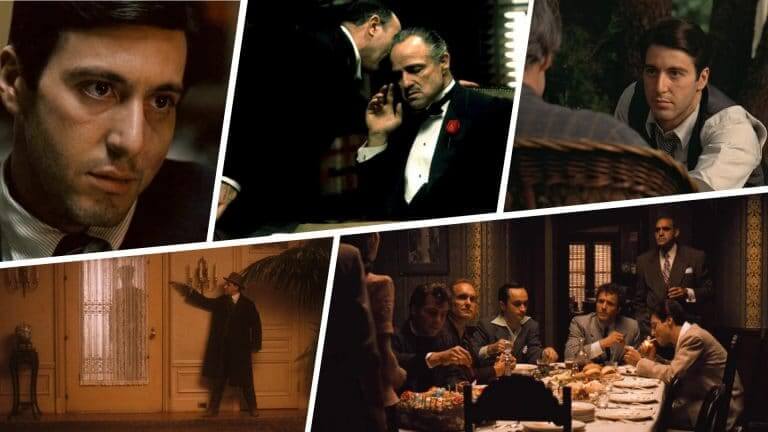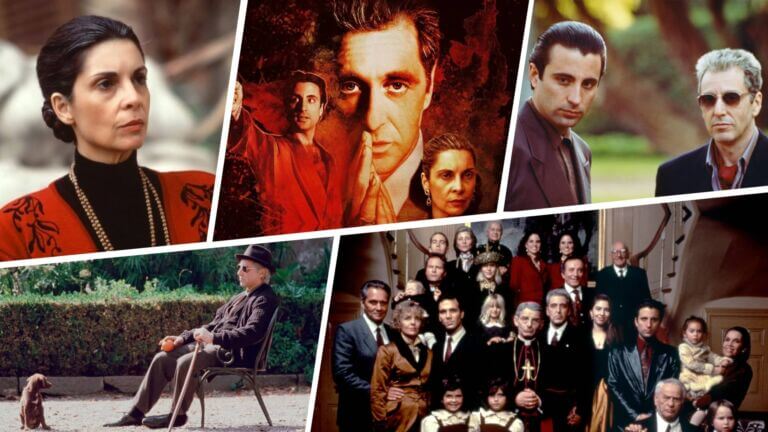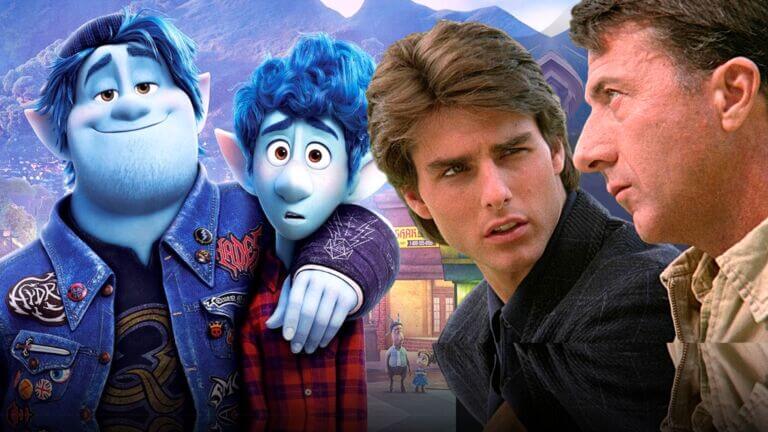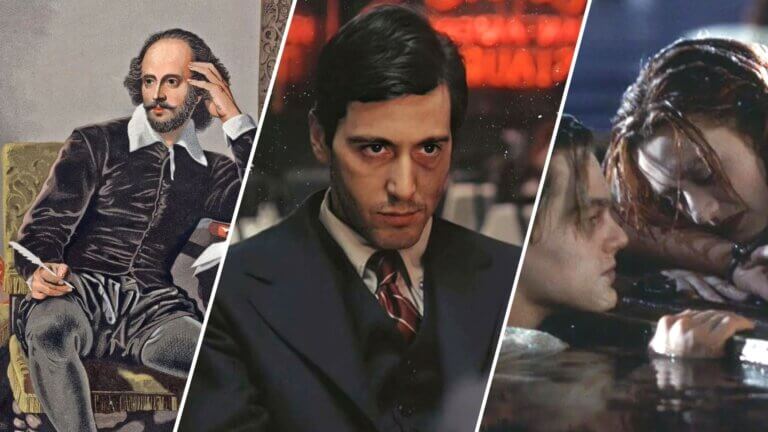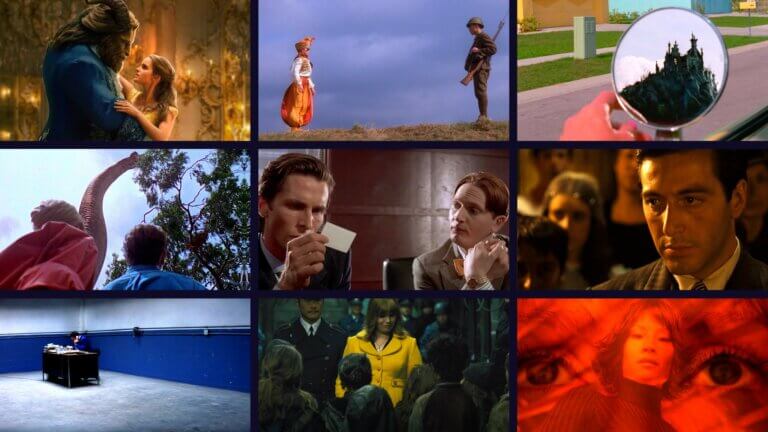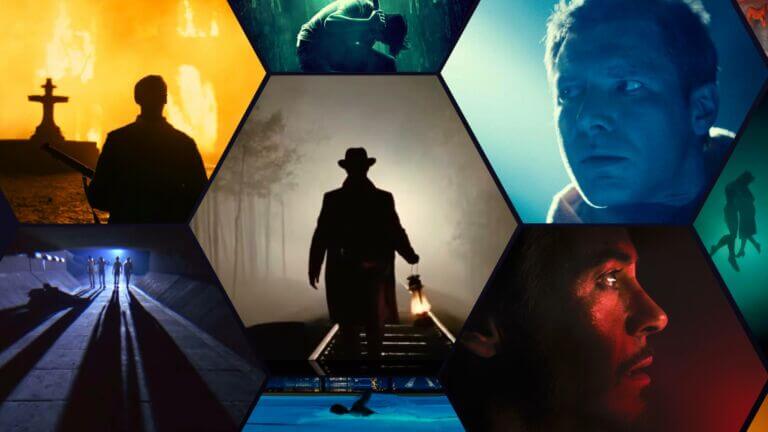Verbal irony can take many forms, each with its own characteristics and purpose. What is understatement? Understatement is a type of verbal irony that turns language into an opportunity to say a lot with a little. Mastering this type of verbal irony is a great tool for any writer looking to bring sophistication and nuance to their dialogue. Let's define understatement with examples that show just how versatile it can be.Continue reading What is Understatement? Definition and Examples for Screenwriters
In the world of screenwriting, details matter, and one such detail that carries significant weight is font choice. The font used in a screenplay isn't merely an aesthetic choice but a fundamental aspect that impacts readability, standardization, and even timing. So, what is the proper screenplay font? The answer is simple but the reasoning why is fascinating. Let's go!Continue reading Screenplay Font Explained — And Why Hollywood Uses It
What is Technicolor? Whether you knew at the time or not, you’ve probably seen a Technicolor movie. If you’re trying to recall an example, just think, color, color, color. Technicolor changed the course of cinema forever with bright and bold visuals, saturated to the point of near-surreality. We’re going to look at some examples of Technicolor in films like The Wizard of Oz and The Godfather but, first, let’s check out a quick video to see where it started.Continue reading What is Technicolor? Definition and History Explained
So you’ve written a script; great! Now what? Well, if you’re like me, you’ll obsess over making every scene perfect (a screenplay is never “perfect,” but that’s a discussion for another time). You have a solid 3-act structure, good dialogue, and a few punch-lines to keep the reader hooked. But something is off. Do your scenes feel a little dull? Is it the pacing, tone, or stakes? The solution is simple — G.O.D.D. It's more than just an acronym, we will go over the four elements to make your characters more compelling and your scenes more dynamic.Continue reading How to…
In 1990, Francis Ford Coppola released the third installment in the universally acclaimed Godfather series: The Godfather Part III. But unlike its predecessors, The Godfather Part III was anything but universally acclaimed. In late 2020, Ford Coppola released a recut version of The Godfather Part III, titled The Godfather Coda The Death of Michael Corleone. We’re going to look at what we can learn from The Godfather Coda by comparing it to the original cut. We’re going to analyze pacing, audio enhancements, and structural differences with the intent of better understanding the final chapter in the Corleone crime family.Continue reading The…
What is a character arc and why are they so important in storytelling? A character arc is an essential part of writing a fully-fledged character. As much as we like seeing goals being achieved, it is the internal, positive change in characters that we really gravitate towards. We’re going to answer those questions with a character arc definition – then we’ll look at character arc examples in literature and film. By the end, you’ll know how to write a satisfying arc.Continue reading What is a Character Arc — Definition & Types of Character Arcs
Why do we find ourselves drawn to tales steeped in sorrow, where heroes crumble and hopes are dashed? This magnetic pull is the work of tragedy, a narrative mechanism that mirrors our own struggles against fate and the human condition. In this article, we'll peel back the layers of tragedy in storytelling, journeying from its ancient Greek roots to its modern-day manifestations. Prepare to delve into the heart of darkness, as we analyze the profound beauty that lies within the tragic narrative.Continue reading What is Tragedy — Definition, Examples & Types Explained
What is film theory? Is it just the theory of film? Or is it something more? Fear not, we’re going to answer the question “what is film theory?” with a film theory definition. We’re also going to examine a variety of different aspects of film theory, both technically and theoretically. By the end, you’ll know what film theory is, how to apply it, and why it’s important to the study of media.Continue reading What is Film Theory — How to Study Film (And Why)
Two is always better than one when it comes to Juxtaposition. Other than being the game-winning word in your next Scrabble match, what is juxtaposition? It is a frequently used term throughout the artistic world from photography to literature to film. Despite its frequent use, its meaning can be quite vague. We'll define juxtaposition with examples in film so that you can use it throughout your next project.Continue reading What is Juxtaposition in Film? Definition and Examples
For decades, filmmakers have iterated on creative lighting and cinematic techniques. But still, some of the best lighting techniques, such as chiaroscuro, have persevered to have an impact on cinema today. Though chiaroscuro in film was popularized nearly a century ago, modern cinema still venerates its value. So what is chiaroscuro in film and how is it used today? Let’s find out with some chiaroscuro examples in film, from past to present.Continue reading What is Chiaroscuro in Film? Definition, Techniques, & Examples
